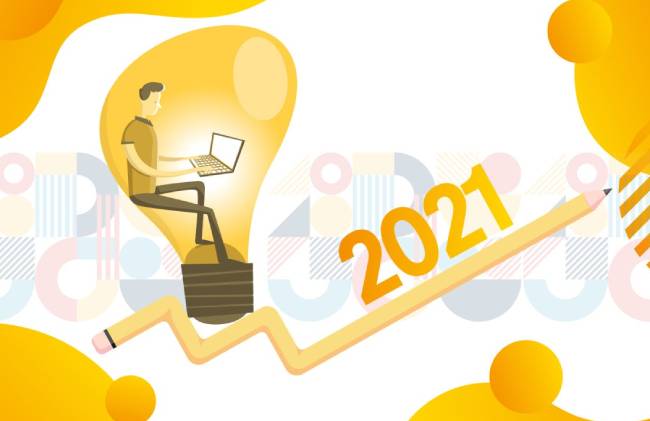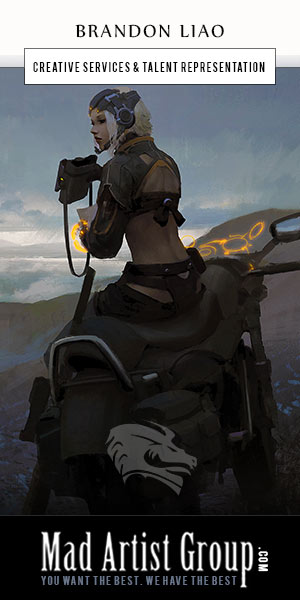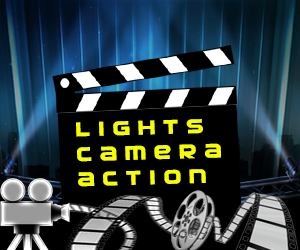Graphic design is an enthralling field that acts as a sponge for wider technical and social change.
The rate of improvement in type of motion graphics styles is enough to make your head spin. We wanted to step back and envision what graphic design would look like in 5, 10, and 20 years after so much digital ink has been spent on new styles and trends.
The flat design would be replaced by a less clunky design.
Flat design is a popular buzzword these days, and it applies to the use of simple, 2D web design features that lack the slope and shadows that suggest three-dimensionality.
Clumpy, abrasive user experience designers will be charged with developing nuanced, clichéd visual styles by 2033. The ethereal design eliminates all visual components from a website and relies on auditory cues, tactile cues, and the fourth element of time to give the eyes a very much rest.
In logo design, vintage will be redefined
Expect to see a slew of new styles inspired by mediaeval architecture, including feudal family coat of arms, royal seals, and ornamental scrolls. In logo design, the term “vintage” has taken on a new meaning. Vintage logo designs influenced by 1960s blissful consumerism and late-nineteenth-century border-crosser cool stamps and emblems are all the rage these days. As the appeal of the past years wears off, logo designers will need to find new ways to incorporate the retro look. Some 1960s designs are now made for vintage chic, but models from the 15th century are more popular in 2033.
The text would no longer be possible with image blocking.
Pinterest’s trend of brick-like large photo frames, which has become commonplace in web design, exploded this year. Text 2033 will become outdated as other image-based websites gain popularity like Pinterest. For image blocking, the text is optional. There is something for all, if you be at hieroglyphics or not.
If Pinterest has shown us something, it is that in a multicultural world without a shared language, words are needless and undesirable. For the world to communicate, images, hyperlinks, and, most likely, emoticons are needed.
Welcome to Chauvet Cave, a post-linguistic world set to open in 2033. Few things are more relevant to web designers today than responsive design, which changes the shape and size a user’s device, whether it’s a laptop, tablet, phone, or another machine. In terms of responsiveness, an interactive whiteboard has the ability to enhance this. S adaptive nature reacts to screen size.
We are human beings with thoughts, emotions, and everything else in between.
By 2033, programmers will still have found out just what it takes to advance and build websites that conform not only to display size but to viewers “Character and temperament.Customers are now in a condition of insanity. I have been using a cool blue backdrop to help them relax.
The design would become more receptive.
Keep an eye out for us; Readers will consider the number of types in this manner by 2033. We see a lot of development work that uses a multi-typical approach to catch the eye by juxtaposing eye-catching yet unequal fonts. This method appears to be a resounding success, and we assume it will transform the field of typefaces in general.
The abolition of typeface segregation
For years, we have to accept the grim practice of just one or two writes on each page. It’s just that I don’t like it. Take, for example, this book.
However, in the domain of fun art and design, a new group of designers has reacted to this incredible design by limiting each level to a singular classic element and leaving it at that.
The design of movie posters will change.
In contrast to the incredible art style from 2033, Film posters are often designed with radical minimalism in mind. The bulk of promotional film posters are self-explanatory. 2033 terms per page can be used for various fonts, resulting in a pleasing harmony.
People will be able to produce infographics with sufficient information to aid in government registration by 2033. This type of infographic has the potential to become Orwellian. People have been exposed to much too many visual stimuli recently. It makes sense that as films with enhanced ambient sound and 3D technologies become more creatively stimulating; the poster will follow suit. In comparison to today’s minimal poster design, which can seem confusing, posters in 2033 will be so plain that they might consist of just a simple colour scheme or grey, offering relief from the stolen films they advertise.
When a cop pulls you over for a traffic infraction, he wants a Facebook post in addition to your driver’s licence and registration.
The.gif will become more famous.
GIFs are addictive and will become the mainstream marketing tool in 2033. As is customary, the GIF will triumph.
It’s difficult to look away if you’re searching for slick advertisements with looping cat videos. In today’s visual culture, the GIF plays a small role. However, in 2033, this will also be far from the case. Animated GIFs “Billboards, ads, and physical comedy will not only be favoured outlets, but they will also have evolved into a genuine art form that will gain Oscars in every category.
Typography can become exhausting.
The New ideas for typography are running out. With many fonts available, typographers must stand out by making unusual items, such as this one of Ode to Ezer.
Also, minor differences can cause a font hard to discern. The rate at which new typefaces are created is astounding, thanks to inexpensive and simple-to-use typesetting software. We don’t have an exact figure, but we can believe there’s at least a few every day.
In 2033, the models will step on each other’s toes, akin to an awkward high school prom. Designers will concentrate on exclusive wrapping types and fonts. Redesigning well-known logos has become more difficult than ever. While companies have recently changed their logos, prompting the latter to delete their logo, it would be difficult to recreate a beloved logo by 2033. A graphic design peanut gallery has become more connected and outspoken, which has resulted in criticisms of sites such as Consider and brand New.
Destination branding would become more specific.
By 2033, reactionary conservatism will be at an all-time peak, and well-known corporations will find it easier to rename themselves. You can use the “We Are” logo as though it’s been around for a while. The art of brand equity is becoming more refined than ever.
Destination branding was a common trend in 2013, with cities all over the world creating sleek, simple graphic identities to draw more tourists. It has a lot to do with unique logos, not just for parts of the region but for sub-districts, stations, and so on, but it will be even more useful in 2033. In 2033, every destination, no matter how small or irrelevant, will have its own identity. It will be trendy to refer to a place as a resort.
Other images absorb archive imagery.
By 2033, the stores will be so big that no other type of photography will be needed. There will be a plethora of archive images from which to pick. In any case, everything seems to be a still picture, from the angry child writing to the Labrador retriever puffing with sad eyes. The value of archive photos is growing more precisely than ever. That is not an exaggeration in the least.
Stock Photography
Stock photography will be able to organise as natural a scenario as possible by 2033, eliminating the need for a professional on-site. For a small price, you can obtain exclusive rights to a great simulation shot with ideal lighting.
Brand production will be led by lawyers, dentists, and chiropractors.
These days, dental practises, chiropractors, yoga studios, and law firms seem to be having a tiny slice of the creative pie. You are in charge of creating the logo. They don’t have the most thrilling icons, but they do have the edgiest.
As a consequence, the polar opposite of edgy is a series of abstract teeth, spines, yoga poses, and conservative typographic word marks.
Thank God the dark ages are drawing to a close. The industry will experience an unexpected design revival in 2033, which has been characterised as “bold, experimental, and shocking.”











